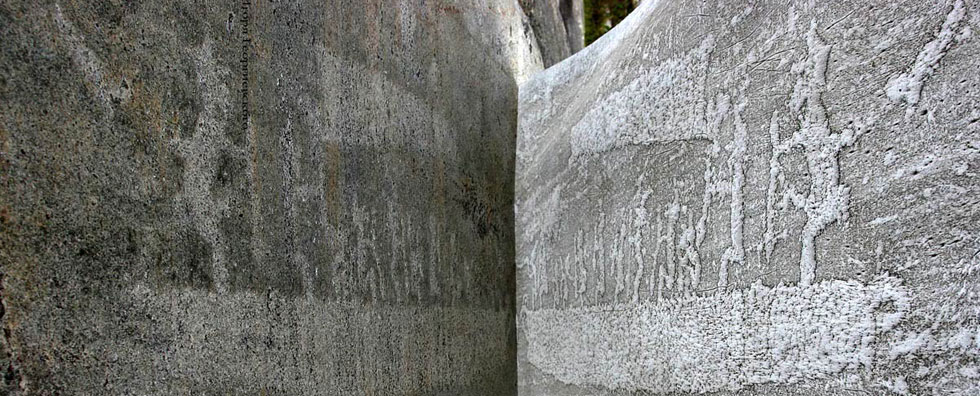
Issue №1, Vol. 16
Gorodichina M., Titova S., Vasiliev S. The effect of particle size of filler on strength of wood-cement composite under compression perpendicular to the direction of molding // Resources and Technology. 2019. №1, Vol. 16. P. 40‒51.
DOI: 10.15393/j2.art.2019.4502
The effect of particle size of filler on strength of wood-cement composite under compression perpendicular to the direction of molding
| Gorodichina Maria | PetrSU, laftmar@mail.ru |
| Titova Svetlana | PetrSU, s-28@petrsu.ru |
| Vasiliev Sergey | PetrSU, servas@petrsu.ru |
|
Key words: comminuted wood fractional composition wood-cement composite compressive strength |
Summary: In the course of study wood particles were sieved through a sequence of sieves to obtain the following fractions: 7-5 mm (fraction 5), 5-3 mm (fraction 3), 3-2 mm (fraction 2) and 2- 1 mm (fraction 1). Each of these fractions was used separately as a filler to manufacture composite samples. The resulting samples were tested for axial compression strength in the direction perpendicular to the direction of forming. As the result of the study it was established that the highest value of the compressive strength in the direction perpendicular to the direction of forming was recorded in samples made from fraction 3 of wood particles used as a filler. The obtained value is more than 2 times higher than the lowest value of this indicator for samples made from fraction 1 of wood particles. It was found that with the decrease in the size of the filler from 5 mm to 3 mm, the compressive strength of the sample perpendicular to the direction of forming increases, reaches a peak at fraction 3, and decreases with a further decrease in the size of the filler. The obtained dependence is generally consistent with that obtained in a similar study of the samples strength when the load was applied in the direction of forming. It should also be noted that the average strength of the samples when applying the load in the direction of forming is higher. The greatest anisotropy of the wood-cement composite was in the samples made from fraction 1 of wood particles, and the smallest one was for fraction 2. |
Displays: 1276; Downloads: 722;




